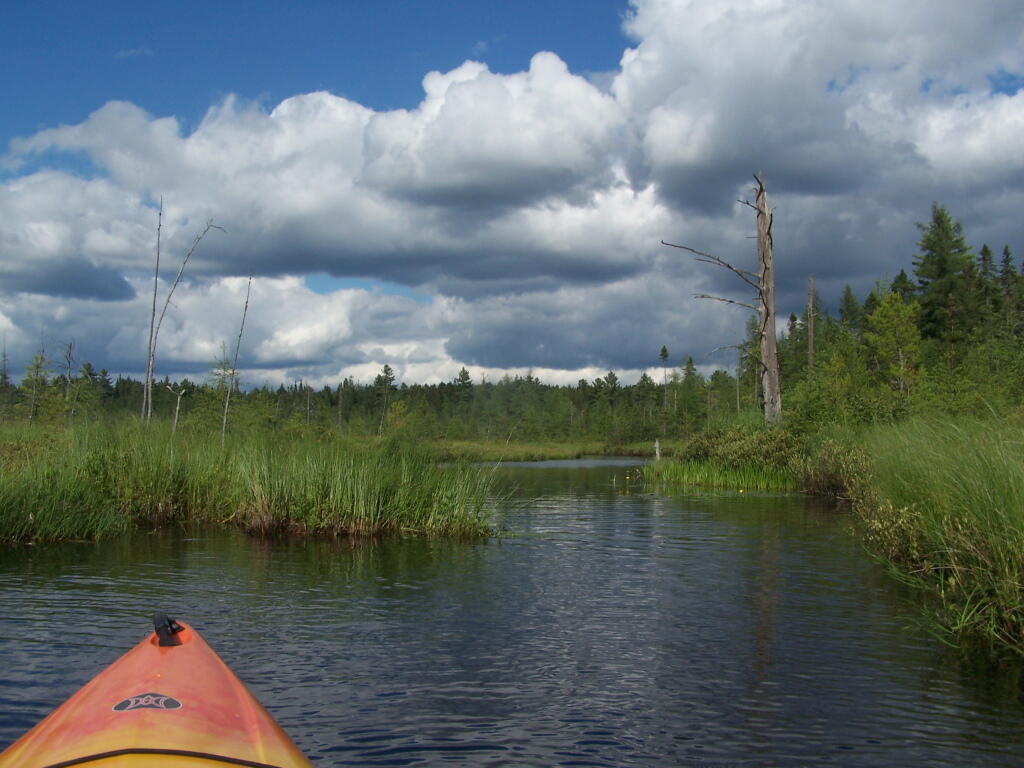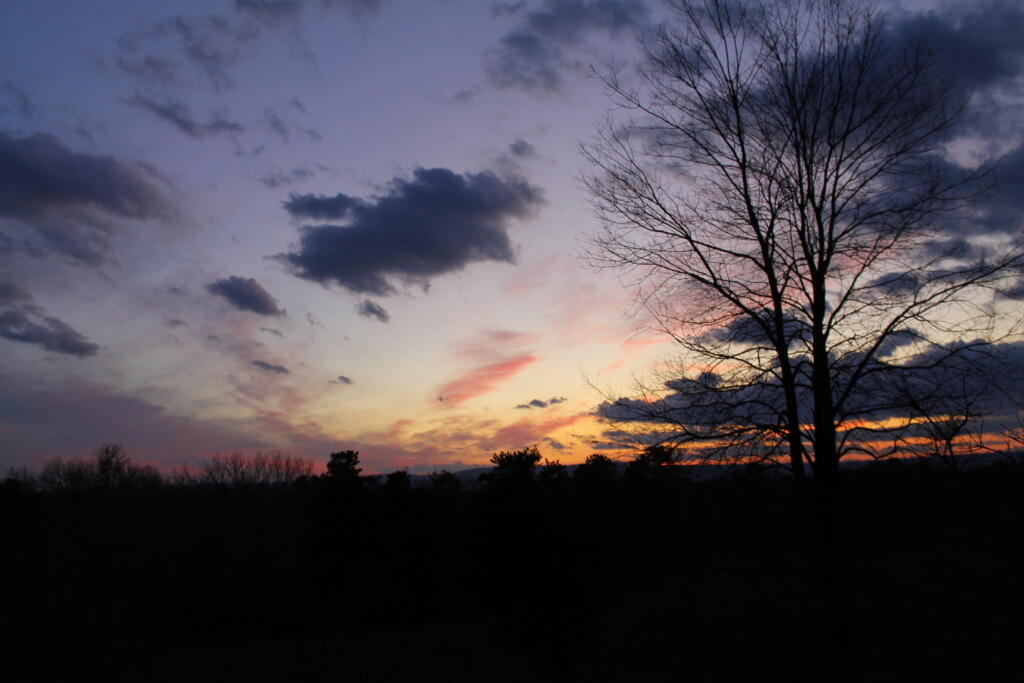There are Three Classes of Protected State Public Lands in the New York State Consitution:
- Forest Preserve – Consitutionally Protected with No Land Bank
- State Forests and Wildlife Management Areas – Consitutionally Protected with Land Bank
- State Nature and Historic Preserve – No Consitutional Protection – Can Be Alienated By Legislature
State Forest Preserve.
The State Forest Preserve, inside of Catskill and Adirondack Parks is defined in Article XIV Section 1:
Article XIV Section 3
The lands of the state, now owned or hereafter acquired, constituting the forest preserve as now fixed by law, shall be forever kept as wild forest lands. They shall not be leased, sold or exchanged, or be taken by any corporation, public or private, nor shall the timber thereon be sold, removed or destroyed.
[exceptions not included]
This is the strictest classification of public land. No land swaps or non-forest preserve uses are permitted. Trees may not be logged except incidentially as part of maintence of these wild forest lands. This language is often seen as unflexible, and has required 10 admendments to the state consitution in the past 100 years, as no land bank is provided for in consitution.
Article XVI Section 1 Exception 3, passed in 1957, does provide for a limited “Land Bank” allowing for realignment of a limited number of miles of state highways for safety purposes, however it is very limited compared to compared the generous land bank previsions Article XIV Section 3 (State Forests).
… nor from relocating, reconstructing and maintaining a total of not more than fifty miles of existing state highways for the purpose of eliminating the hazards of dangerous curves and grades, provided a total of no more than four hundred acres of forest preserve land shall be used for such purpose and that no single relocated portion of any highway shall exceed one mile in length.
.
A lack of a land bank means even for minor non-forest preserve uses of current forest preserve lands, a consitutional admendment must be passed. This means a consitutional admendment must be drafted, passed by two successive legislatures (such as the 2011-2012 and 2013-2014 sessions) and signed into law twice, then approved by a majority of the state’s voters in a general election.A powerline cutting off 1/3rd of an acre of forest preserve, would require this expensive and lengthy procedure.
Wildlife Management Areas and State Reforestation Areas.
More flexible is the concept of Wildlife Management Areas (popularly known as “Public Hunting Grounds”), and State Reforestation Areas (popularly known as “State Forests”), as defined in Article XIV Section 3. These were added in the current form to the state consitution under the State Consitutional Convention of 1933.
Article XIV Section 3
1. Forest and wild life conservation are hereby declared to be policies of the state. For the purpose of carrying out such policies the legislature may appropriate moneys for the acquisition by the state of land, outside of the Adirondack and Catskill parks as now fixed by law, for the practice of forest or wild life conservation.
The prohibitions of section 1 of this article shall not apply to any lands heretofore or hereafter acquired or dedicated for such purposes within the forest preserve counties but outside of the Adirondack and Catskill parks as now fixed by law, except that such lands shall not be leased, sold or exchanged, or be taken by any corporation, public or private.
2. As to any other lands of the state, now owned or hereafter acquired, constituting the forest preserve referred to in section one of this article, but outside of the Adirondack and Catskill parks as now fixed by law, and consisting in any case of not more than one hundred contiguous acres entirely separated from any other portion of the forest preserve, the legislature may by appropriate legislation, notwithstanding the provisions of section one of this article, authorize:
(a) the dedication thereof for the practice of forest or wild life conservation; or
(b) the use thereof for public recreational or other state purposes or the sale, exchange or other disposition thereof; provided, however, that all moneys derived from the sale or other disposition of any of such lands shall be paid into a special fund of the treasury and be expended only for the acquisition of additional lands for such forest preserve within either such Adirondack or Catskill park.
All State Forests and Wildlife Management Areas are Consitutionally Protected but with a state-use land bank. Small portions of State Forests and Wildlife Management Areas (under 100 acres) may be traded for other areas of the land nearby. Alternatively, small areas of land may be sold for purchase of new Forest Preserve within the Adirondack or Catskill Parks. This allows the state the flexibility to re-route highways and build other needed state facilities, as long as the amount of public land is not reduced. The Consitution has never been admended for State Forests or Wildlife Management Areas.
While one could argue that the Adirondack and Catskill Forest Preserve should include similiar flexibility, not including a land bank for Forest Preserve means that large parcels are ensured never to be subdivided by roads, power lines, or other troublesome breaks of wilderness.
The important thing to note is that State Forests and Wildlife Management Areas can not be alienated in whole without a Consitutional Admendment. There will never be a net decrease in State Forest and Wildlife Management lands outside of the Forest Preserve, even if boundaries may change slightly due to public needs. To change State Forest and Wildlife Management Area boundaries, such as for re-routing of a state highway or constructing of a state facility, a bill of alienation with a home rule message must pass to successive legislatures, however no consitutional admendment is required as long as the bill of alienation involves less then 100 acres.
State Nature and Historic Preserve.
The State Nature and Historic Preserve came out of the New York State Consitutional Convention of 1967. It was approved by the People of New York State in the General Election of November 1969. It finally gave public parks limited consitutional protection, at least those parks maintained by the State of New York, and officially designated as “State Nature and Historic Preserve”.
Article XIV Section 4 (relevant sections)
… The legislature shall further provide for the acquisition of lands and waters, including improvements thereon and any interest therein, outside the forest preserve counties, and the dedication of properties so acquired or now owned, which because of their natural beauty, wilderness character, or geological, ecological or historical significance, shall be preserved and administered for the use and enjoyment of the people.
Properties so dedicated shall constitute the state nature and historical preserve and they shall not be taken or otherwise disposed of except by law enacted by two successive regular sessions of the legislature.
The State Nature and Historic Preserve was a good concept. Yet, before passage, it was well established in Case and Statutory Law under the Alienation Doctrine and clarified through 50 years of case law, most notably Williams v. Gallatin (229 N.Y. 248, 253). It didn’t make any real changes to the policy of state, and left land vunerable to alienation by two sucessive the state legislatures. Traditionally the State legislature has been resistant to abuse the Alienation Power, usually deferring to the opinion of local environmental groups, and acting consitent to statutory law. Most alienations exist as a land swaps and generally involve a de minis amount of land. Yet, that is no guarantee for the future.
Strengthen the State Nature and Historic Preserve.
The State Nature and Historic Preserve should be strenghtened to have the consitutional protections afforded to State Forests and Wildlife Mangement Areas. There should be a consitutional bar for all large alienations, e.g. those larger then 100 acres. Large scale alienations of all public lands should require a consitituional admendment, not just those designated Forest Preserve, State Forest, or Wildlife Management Area.
Moreover, the DEC and the Office of Parks and Historic Preserve, should be compelled to add all lands it owns and maintains to the State Nature and Historic Preserve. Right now, it is not viewed as priority for most state agencies, as the State Nature and Historic Preserve offers no additional protections over the traditional parks.





